The world is changing so fast that I won’t be surprised that once self-driving cars are the norm, planes will be able to take off and fly without pilots.
This is just one of the possibilities emerging from the Internet of Things (IoT). In fact, the global industrial IoT market could be worth an estimated $344.7 billion by 2026, according to ReportLinker.
IoT is found in different industries and functional areas, from agriculture to transportation. Read on to find out how IoT can change the world.
- Igniting the Internet of Things
- Functions and Features of IoT
- IoT at Home
- IoT in Various Industries
- IoT for Essential Services
- IoT in Transportation and Logistics
- Issues with IoT
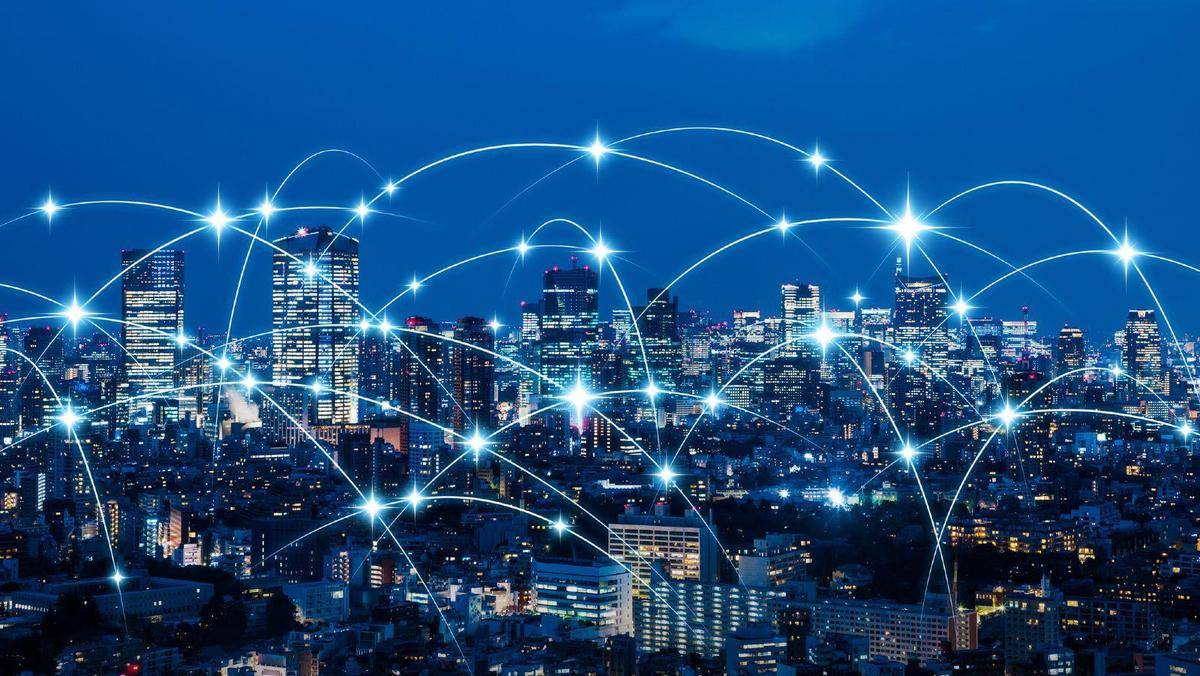
Igniting the Internet of Things
Computer hardware company IBM defines IoT as the concept of devices connected to the Internet and to other connected devices.
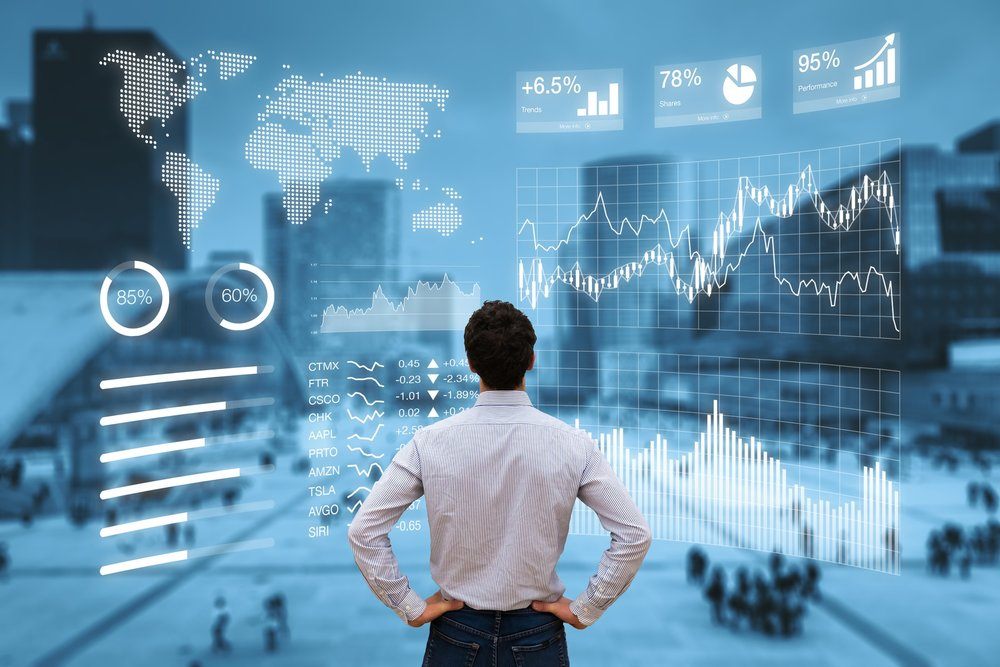
With this, IoT is considered a massive network of connected things and people, equipped with data about how they are used and the environment surrounding them.
Some examples are smart watches, smart home appliances, wearable fitness devices, and training apps.
The architecture of IoT, fused with analytics, allows the network to generate information that different entities can use in developing solutions to their problems.
Where IoT Started
Kevin Ashton, a co-founder of the Auto-ID Center at MIT, devised the term “Internet of Things” and used it in a presentation in 1999. He was a member of a team that found how an RFID tag can link objects to the internet.
However, the concept of connected devices was no longer new at the time. Machines have been linked to each other since the first electric telegraphs were invented in the late 1830s. Other innovations anchored on IoT are wireless (Wi-Fi) technologies, and radio voice transmissions.
These IoT-connected devices are linked via networks or cloud-based platforms tied to the Internet of Things and real-time insights.
Functions and Features of IoT
IoT platforms work by generating information that can determine patterns, present recommendations, and define possible problems.
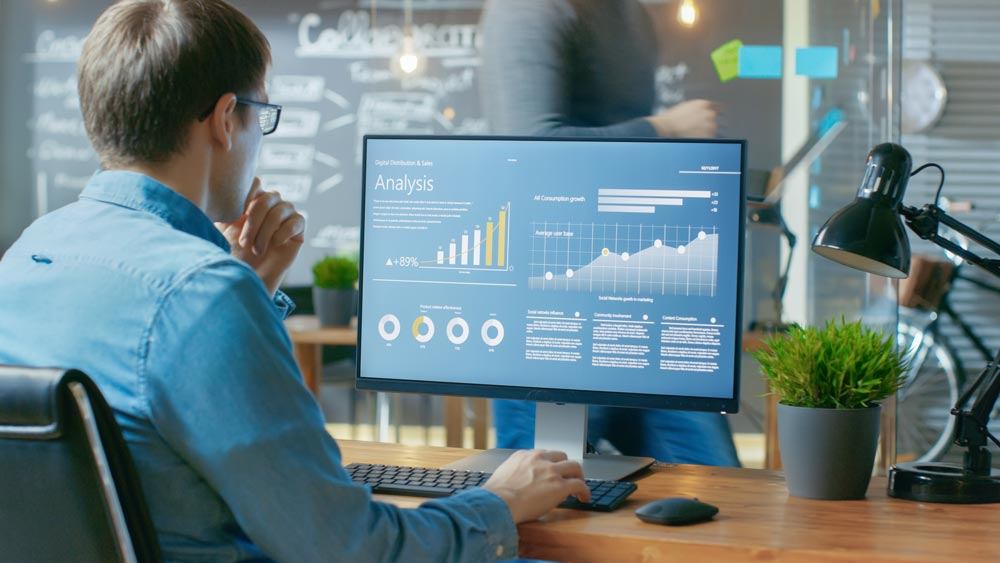
For instance, if I am an owner of a car manufacturing firm and would like to know the most popular components, I can use IoT to help me get the information I need.
I would be able to use sensors to spot the most popular areas in a showroom, where guests stay most of the time and identify the components with the most sales.
With IoT and real-time information, I can automatically match sales data with supply and allow me to determine components that need more stock.
Key Technologies Working with IoT
IoT creates high demands on data management for big data streaming from sensors. Streaming analytics helps with filtering, standardization, aggregation, temporal analysis, and correlation.
Collecting value from big data in IoT needs big data analytics. This setting includes predictive analytics, text mining, data lakes data mining, cloud computing, and Hadoop.
The value of IoT multiplies by using the data coming from smart connected devices that support learning and collective intelligence. AI uses processes like deep learning, machine learning, computer vision, and natural language processing.
IoT at Home
What I like most about IoT is how it can improve my day-to-day life. Having a smart home means I’ll be able to save more time and energy.
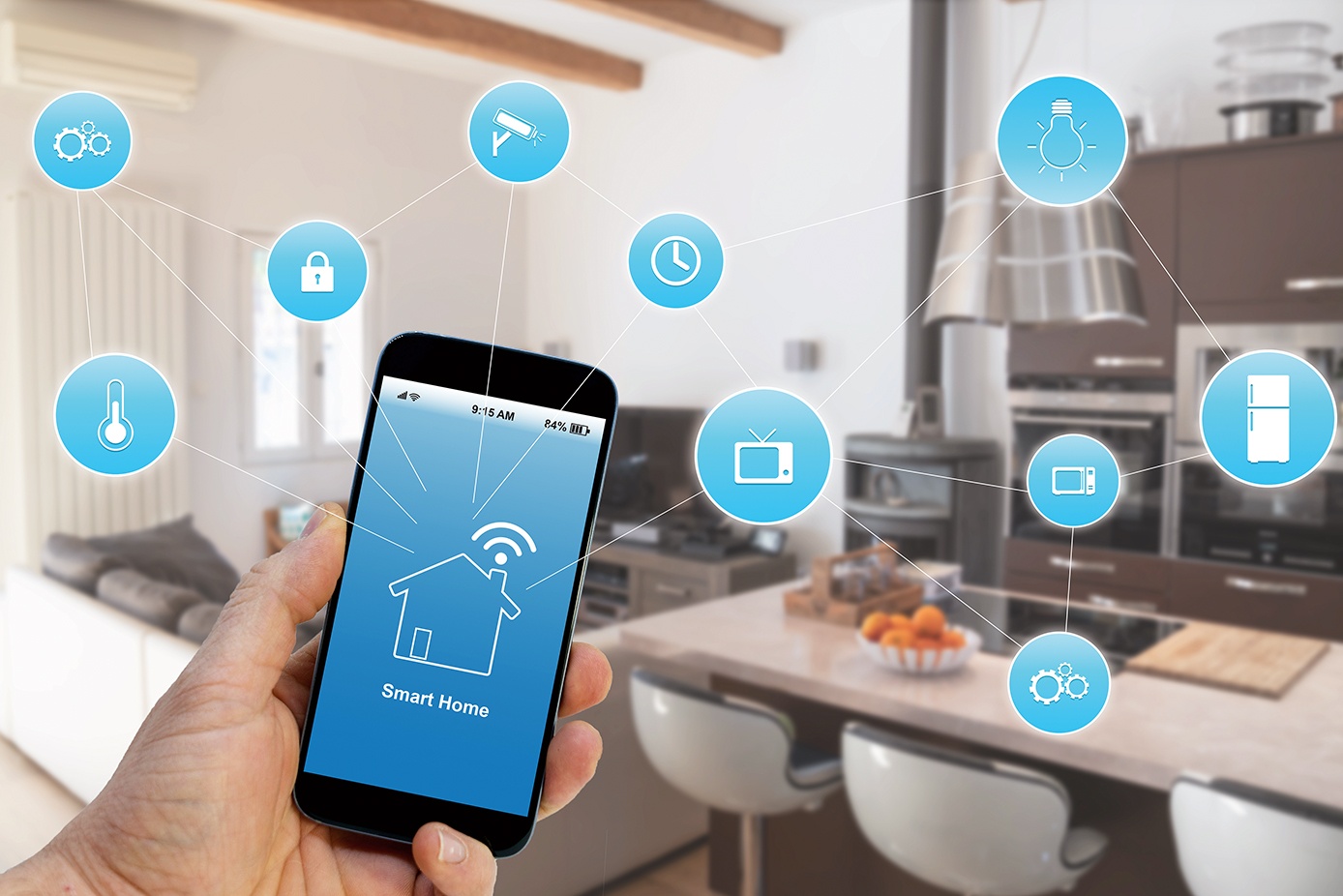
I find it amazing how devices, sensors, and appliances can recognize your habits and detect consumption patterns through complex algorithms. Such data can lead to a personalized experience at home.
For instance, smart thermostats use algorithms to customize home temperature according to your preferences. I can also use consumption data to adjust my electricity or water systems.
IoT allows certain appliances to provide more comfort and security. A smart fridge can help organize groceries online while monitoring systems can locate power surges and leakages.
Environmental Impact
Whether used at home or outside, IoT is not just about convenience for end-users.
It can also help protect and improve the environment. With information on our behavior, we can find ways to reduce our carbon footprint.
IoT can also help produce systems that can have an environmental impact, such as autonomous LED lighting and power consumption and waste management systems.
IoT in Various Industries
Applied to different industries, IoT helps businesses achieve efficiency, ensure precision, and pursue innovation.
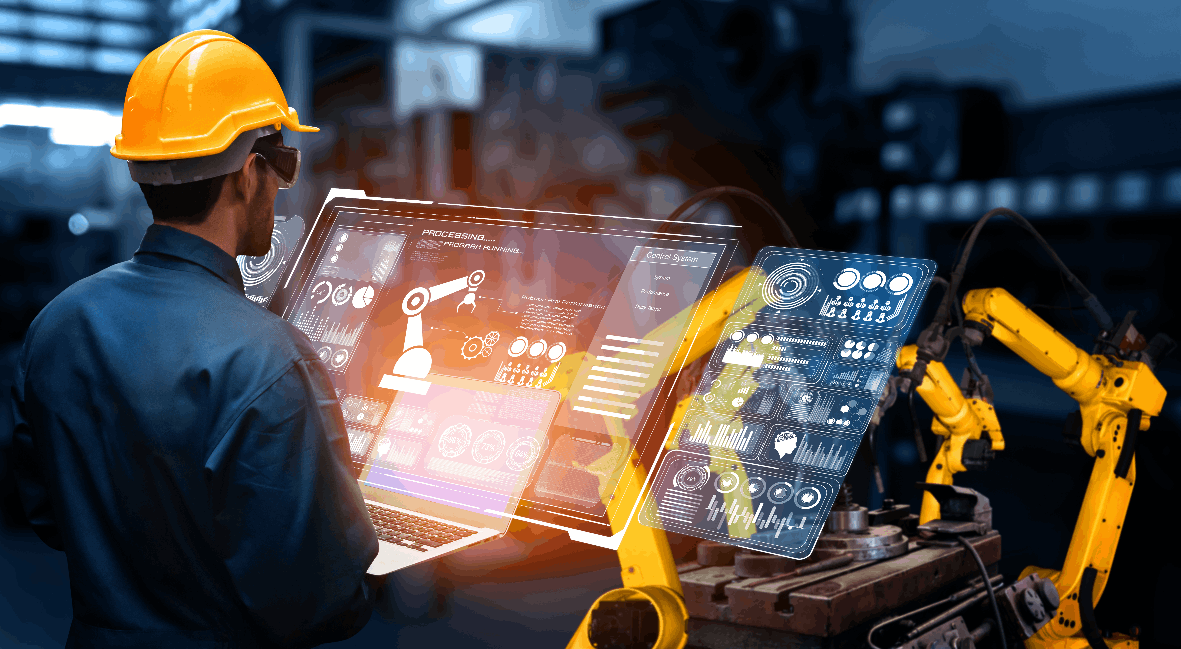
In retail, IoT can detect customer needs and preferences in real-time through smart devices. With this, business owners can use the data to develop new services, products, or marketing messages.
In manufacturing, warranty costs and risks can be avoided through automated quality control measurement. Manufacturers can get higher production yield through the help of predictive modeling, which reveals issues before they happen.
In the energy sector, the distributed or crowdsourced energy grid is powered by IoT. Houses with solar and renewable energy may consume less than they are generating.
How IoT Builds Smart Cities
What amazes me about IoT is how it can transform communities and make lives easier for us. The time we spend on logistics and routines can decrease by making our cities smarter.
Smart cities refer to groups that utilize an area to transform structures and services in a way that addresses the needs of residents and businesses. IoT can hyperlink different structures and networks to collect and analyze facts.
IoT devices such as connected sensors, lights, and meters are used in data collection and analysis. The cities then use this data to improve infrastructure, public utilities, and services, and more.
IoT for Essential Services
I believe that the greatest contribution of IoT to the world is its ability to save and improve lives. This is reflected on solutions for basic services like healthcare.
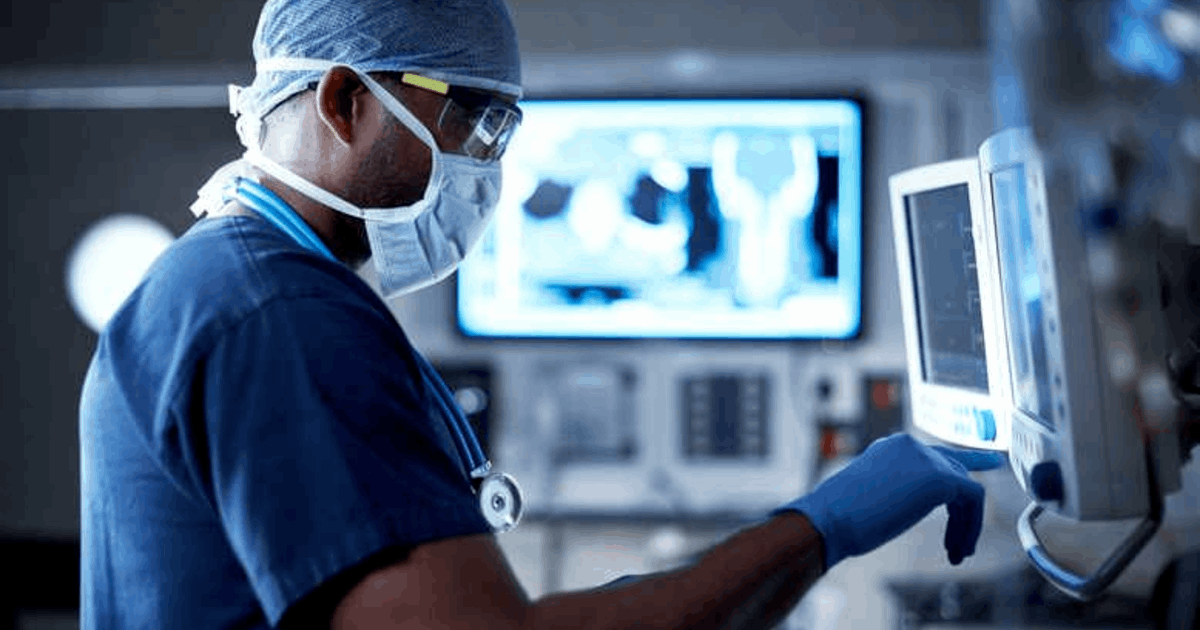
In healthcare, IoT supports machine-to-machine communication, data exchange, and modern protocols, such as WiFi, Bluetooth LE, Z-wave, and ZigBee.
CMMS, smart QR code scanners, and GPS tracking technology help build assessment devices, such as blood pressure monitor, bladder scanners, and defibrillators.
Today, patients can administer some health processes by themselves. Through mobility sections, doctors can provide information directly while the medics can monitor the patient’s vitals and make a diagnosis remotely.
IoT in Government
In terms of government services, IoT can enhance militia systems and other solutions for national defense needs.
IoT can provide gadgets to help with the safety of borders and automate other security features.
City planning is easier with IoT because it can gather data and assess different factors, such as populace increase, zoning, food delivery, mapping, social offerings, transportation patterns, water delivery, and land use.
IoT in Transportation and Logistics
If there’s one thing I want gone in our cities, it’s traffic. IoT can help create better navigational and transportation systems while ensuring safety and efficiency.
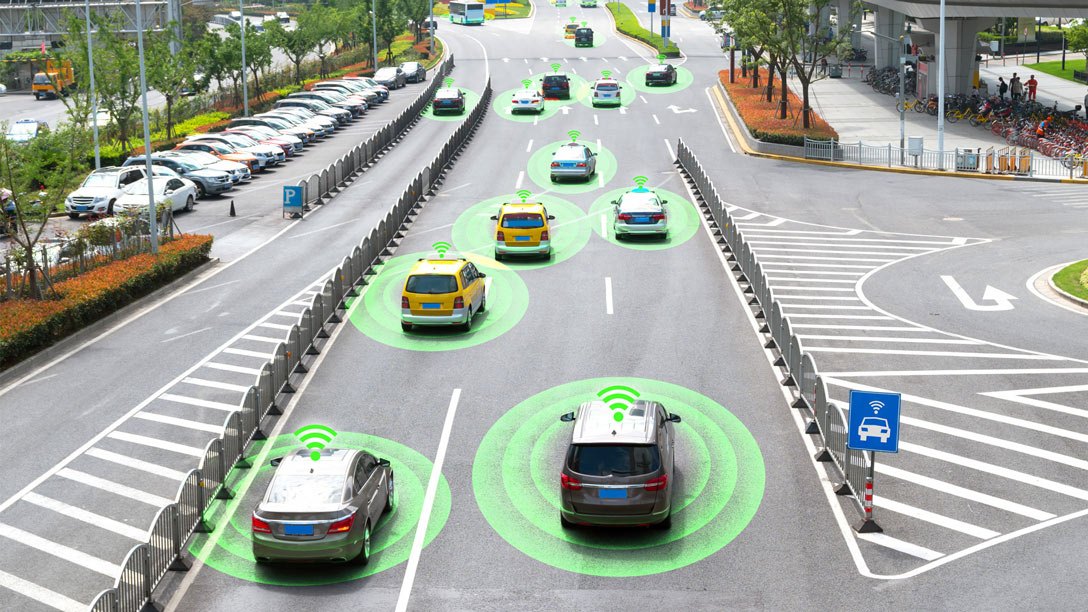
Smart transportation equipped with IoT would allow cars to communicate with one another and use real-time data. IoT-assisted safety features can make cars to brake or turn to prevent a collision.
IoT takes GPS systems to the next level by offering real-time feedback. Dynamic navigation can help riders avoid hazards, congested areas, or roads with high accident rates.
IoT-based predictive maintenance can spot immediate repair needs and assess the performance of a vehicle and notify the driver about issues.
Benefits for Multiple Vehicles
With the use of IoT transportation, ridesharing can even expand further. This means wider vehicle tracking for passengers and providers as well as the inclusion of items like scooters and bicycles.
Drivers will be able to monitor factors like fuel levels and performance. Such data ensure passengers that vehicles are working at their optimal performance.
Meanwhile, for fleet owners, the use of IoT will allow them to locate vehicles are and how they are running.
Issues with IoT
IoT is an ambitious undertaking. While it has groundbreaking milestones, it still comes with issues and challenges.
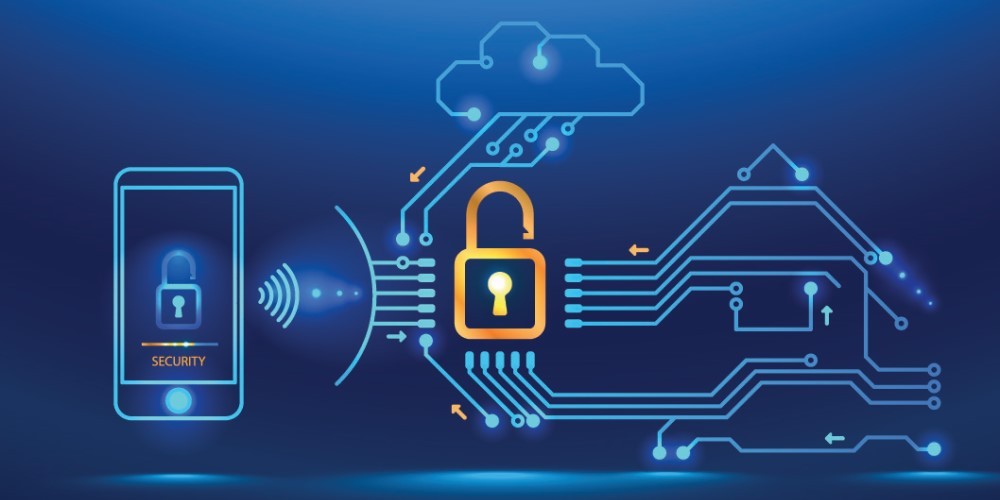
One of those challenges is compatibility. Due to the lack of standards for IoT monitoring and tagging, the network still requires a USB or Bluetooth.
Because IoT devices could be complex, the usage has yet to be simplified to be accurate.
For example, if you and your spouse receive data that you don’t have juice at home anymore, you may both end up buying juice.
Safety and Privacy
What I find controversial about IoT is privacy because of the amount of data available today.
All data must be encrypted so that delicate information won’t become common knowledge at work or with your friends.
The presence of hackers is also a risk as your personal information can be misused. Safety is often the consumer’s responsibility, but tech providers should find ways to improve security systems.
Conclusion
The future of IoT has endless potential and who knows where it will take us in the future. IoT brings better connectivity and convenience to our lives. It allows us to save more time and focus on things that matter most to us.